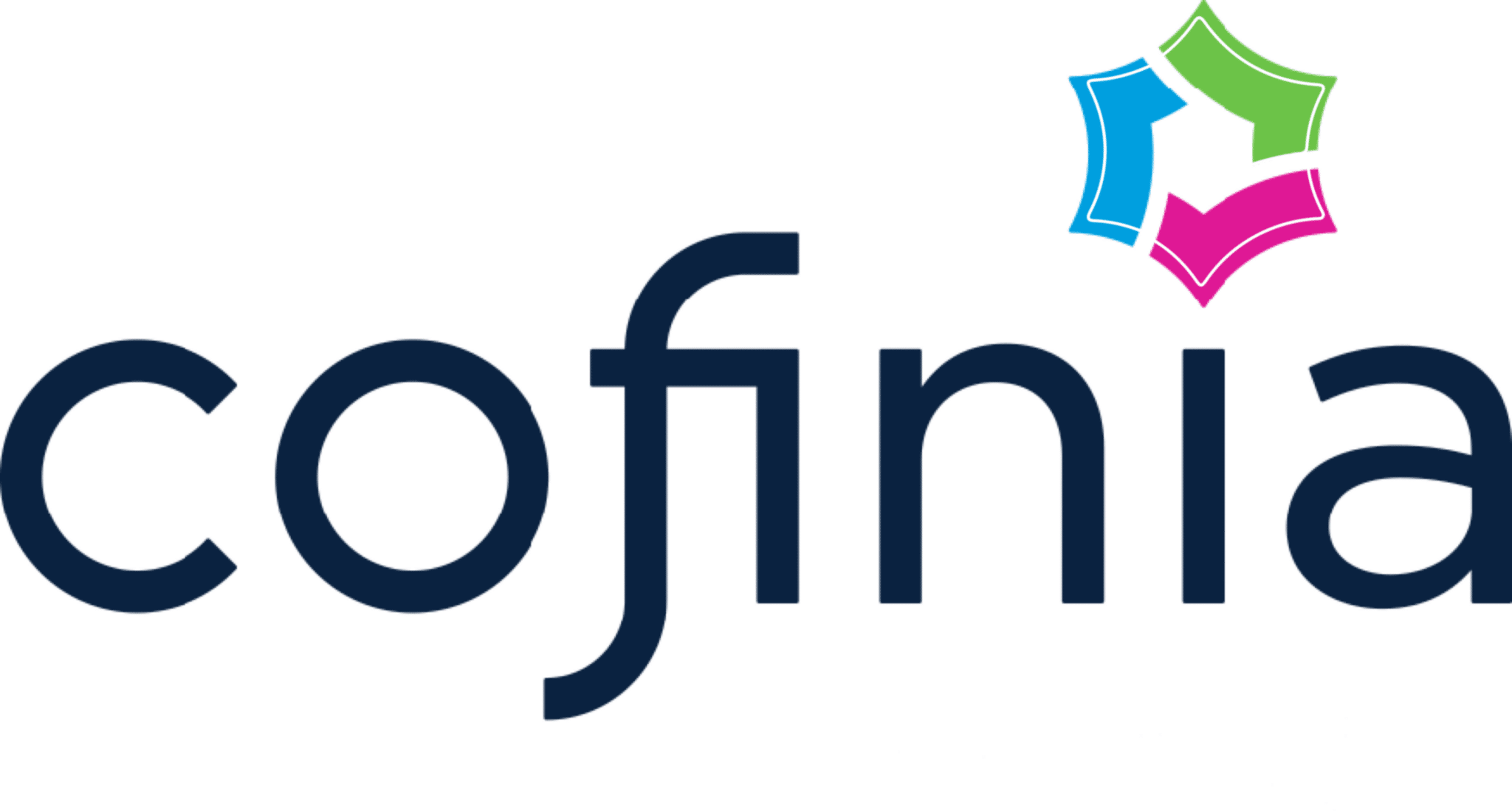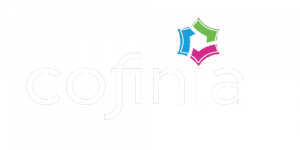Since the creation of Cofinia in 2016, I have had the chance to work with a few companies that have developed applications that they marketed in SAAS ( Software as a solution ) mode. The financial dynamic of these companies is different from a traditional company on several points that I will address in this text.
Let’s first talk about the model of a SAAS.
Last fall, I took a course offered by Le Camp on the MVP or “ Minimum Viable Product ”. At the start of a good idea, it is important to quickly determine what the value of the product/service is. The cost of starting a business is significant and it helps to ask good questions early on. You have certainly seen the Business Canvas (see link). It’s a summary of the business plan. Once this document is completed, talk about your project to as many people as possible. If your model is clear, your audience will tell you. Otherwise, it is important to ask a lot of questions to properly determine the value of your product / service and to whom it will be useful.
When you have a clearer idea of the audience you will be targeting, it will be easier to quantify your market and establish a price for your product. The next step, in my opinion, will be to make high-level financial projections. How much money will you need to develop your product/service and achieve your first sales? Multiply everything by 2 in time and money. The first always has an effect on the second and, when we make projections, we make assumptions. Even if they are conservative, we never take into account all the imponderables (vacation of a key partner, departure of a decision-maker, etc.).
If this still motivates you to pursue your project, you will have to find funding. There are several funding programs, both grants and patient loans from financial institutions. You will obviously have to go with your contribution, which can only be your time. Your time will not be considered an investment on your part. Very often, start-ups are “bootstrapped”, that is, they are self-financing, whether from the entrepreneur’s funds, income from traditional sources such as providing services while waiting to have completed the development of the SAAS component or even personal loans or “love money”.
A well-organized project may interest organizations that offer seed money to help you get your project off the ground. Quebec City promotes the entrepreneur ecosystem and organizations like Le Camp can help you and go so far as to accommodate you in their premises.
The strength of the tech startup ecosystem should not be underestimated. It’s a small world and everyone’s experience can improve yours and even avoid a few mistakes that can cost you a few weeks of cash flow.
Before starting sales, it is necessary to consider how your product will be offered to the customer and at what price. Here are some questions to ask yourself:
- Can we offer a free version?
- What features should be included in each version?
- Is it priced per user, per version, per transaction, mixed, etc.?
The idea is to keep your model as simple as possible, because you will have to explain it to your customers. Test your pricing strategy and perform a version plan comparison to adjust. If you have competitors, how have they structured their offer, what is your distinctive advantage?
It is often at this stage that I start supporting a company and I often proceed in the same way. I analyze his financial data and invariably, I make a correspondence chart to manage to structure the financial information in a way to be able to calculate the useful financial indicators in his industry. In addition to allowing me to compare companies with each other and see their level of performance, it allows me to use the financial models that I have developed over the years and with which I have had good feedback from several partners. financial institutions such as Investissement Québec and BDC.
Beyond the indicators that are based on figures, we must add key indicators relating to customers. For a SAAS business to be successful, it needs to be able to acquire customers, retain existing customers, and monetize them without losing them along the way.
Acquire customers
Many startups do not have CRM or Client Relationship Management. It is an essential tool for any company, not only for SAAS companies that want to analyze data related to their customers. It can be simple and quick to compile data by an Excel spreadsheet(s) when starting a business, but quickly it becomes tedious. The customer is the one who generates income, it is for him that you do what you do. Establish the “ Customer journey » of your company gives you an essential amount of information to improve your process and your products along the way. You can now collect information about your sales cycle; your activity on your website, for example, which pages attract potential customers, what information they are looking for, the quantity of demos carried out, the number of emails sent to convince the prospect, etc.
The conversion rate
As soon as a prospect comes forward, you should start compiling information. Where is this prospect coming from? From your website? From a partner? You need to find a way to get information about this prospect. You can add white papers to your website, he will have to give you his contact details to download it. You can add a “pop-up” to encourage them to subscribe to your newsletter or you can also use “chat” tools that you install on your site. These are different ways to get their contact information to start your sales efforts. It will also allow you to know your customer acquisition channels and put your marketing efforts in the right place.
It is important to know your sales cycle. For example, think of a cycle with 5 steps; completed form on your website, sending an email to make an appointment, presenting a demo, activating a trial version, subscribing. If at each stage 50% of the potential customers go to the subsequent stage, to get 1 customer, you need 16 prospects. Your conversion rate is 6%.
Customer acquisition cost (CAC)
A key metric for determining the cost of your sales cycle is the customer acquisition cost metric. There are several ways to calculate the cost of acquiring a customer. For my part, I simply go by dividing the sales and marketing costs for the period by the number of new customers for the period.
The higher this cost, the longer it will take to recoup what it cost you to acquire your customers. In your chart of accounts, it will be important to structure the information to obtain this data. Too often, information is “drowned” in administration costs.
The attrition rate
Another important indicator, the attrition rate or Churn. It has to be measured, because it affects several indicators and helps determine whether recurring revenue will continue to grow. A very low churn rate is a sign that customers like the product. The time frame within which churn occurs is also interesting to analyze, as it could indicate, if it is fast, a lack of information for the use of your product. I strongly advise surveying customers who are terminating their subscription to gather relevant information on what you can improve.
Recurring revenue
For a SAAS business, you first need to determine the recurring revenue. The MRR (Monthly Recurring Revenues) is one of the key indicators. A financier will be interested in lending to a business that generates income that will recur in the future, especially if the MRR is growing rapidly every month. It is therefore necessary to separate income from other sources. For example, setup fees should not be used in the calculation of recurring revenue.
The value of a customer (LTV)
It is a difficult indicator to calculate when starting a start-up. We must take the average recurring revenue per customer or ARPA ( Average Revenue per Account ) which we divide by the attrition rate or Churn. Initially, it may be easier, if the churn rate is difficult to calculate or inconsistent, to multiply the average revenue per customer by a number of months. In general, 36 months could be used, but it could be lower if the initial investment to use your product is relatively low or conversely higher if the customer is more captive to your product, because he has invested in time and money to use your solution.
It should be noted that, if the customer value is less than the customer acquisition cost, your business needs to look deeper into these metrics because sooner or later you will have cash flow problems.
We have developed a dashboard specific to the indicators of a SAAS company. Do not hesitate to communicate with us if you wish to know more.
Stay connected and don’t miss any of our new publications
Access our Tools
We provide you with completely free tools to help you familiarize yourself with the management tools
Make an appointment!
Make a telephone appointment with us to learn more about what we offer as a service and how we can help you.
Follow us
Follow us on our social networks to learn more about our company, our values and our services.facebooktwitteryoutube


